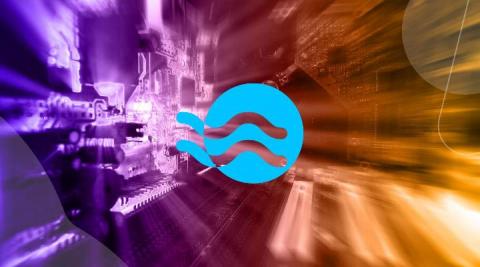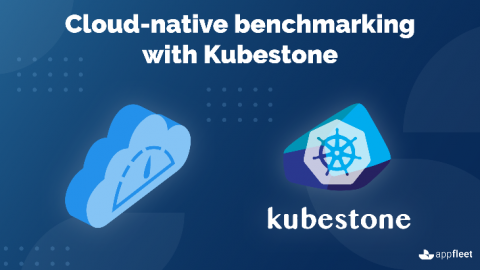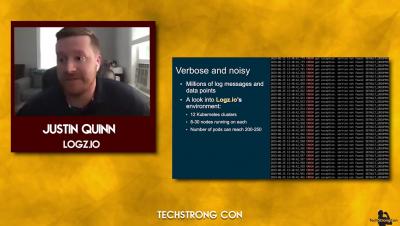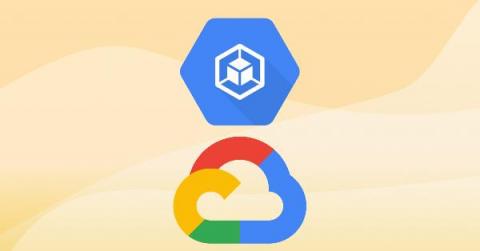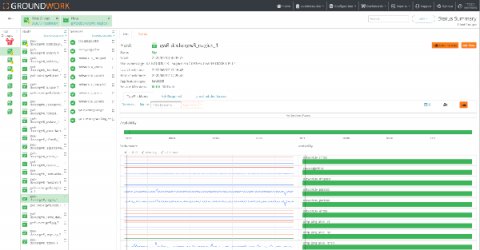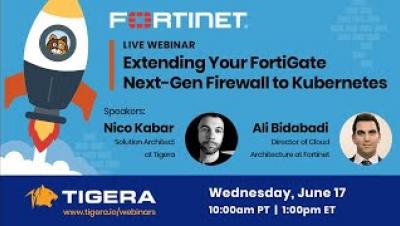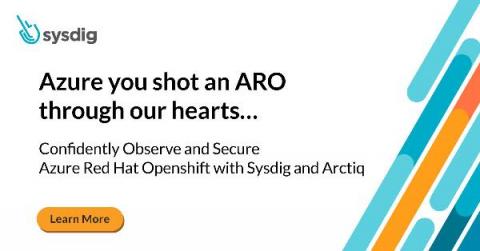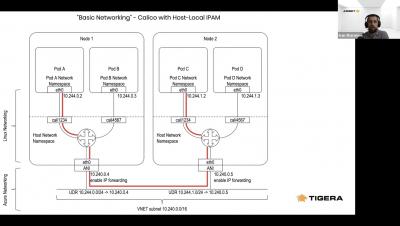Upgrade Your K3s Clusters Smoothly in Rancher 2.4
In Rancher 2.4, the latest release of Rancher Labs’ open source Kubernetes management platform, you can now manage K3s cluster upgrades from the Rancher UI. K3s is a lightweight Kubernetes distribution from Rancher that you can use to set up your development Kubernetes environment within minutes. It is great for production use cases and is built primarily for IOT and Edge devices. In Rancher 2.4, you can import K3s clusters and can manage the upgrades for it via Rancher itself.



